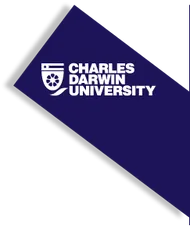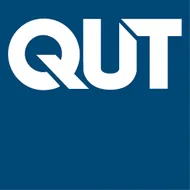Promoting Resilience in Higher Education
Resilient Planning and Learning
Across all themes we worked to foreground student voice, use arts-based methods to develop new knowledge, and focus on the value of generating and evaluating alternate perspectives.
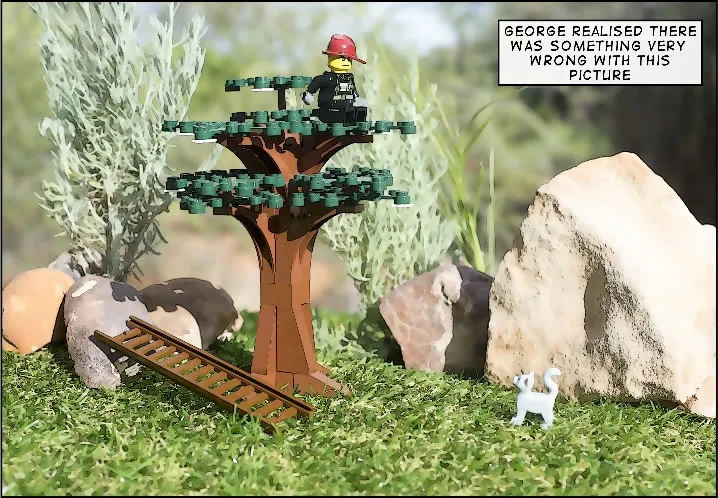
“When it all comes alive…”
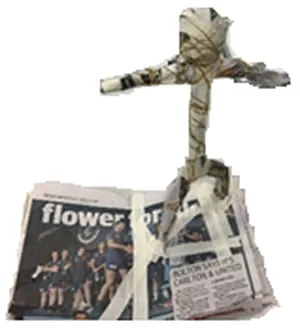
Foregrounding Student Voice
This piece shows a book that represents the planning process that involves going backwards and forwards between different documents and resources, and between reading and thinking. Resilient planning and learning was described by PSTs as when it "all comes alive".
The circulatory system of a mouse…
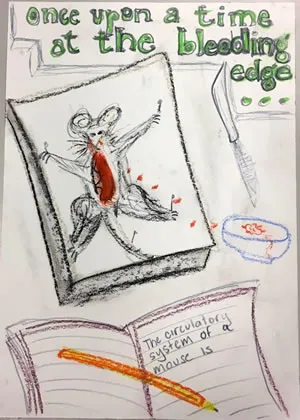
Generating Alternate Perspectives
The students were motivated by the process of inquiry and moving forward in their thinking.
The PST who drew this piece explained that this was the first time that she remembered doing something at school that had a meaningful link to something outside of school. She realised that learning is “about real things” and that it should have relevance to authentic and real-life contexts, which should be the basis of all planning and learning.
“Doing to discover…”
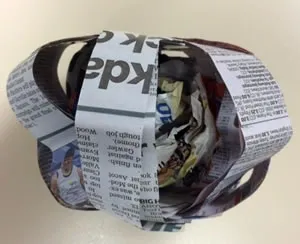
Using Arts-Based Methods
The Arts-based methods enabled the process of ‘doing to discover’. It allowed an openness to the process rather than the product. It helped them see that they could start anywhere, a process that they could apply to other more liner processes, such as unit planning.
As this PST also explained:
The picture represents the many strands and layers of planning and learning, with the shiny paper ball in the middle representing the “good stuff” (the gems) that result from this process.







